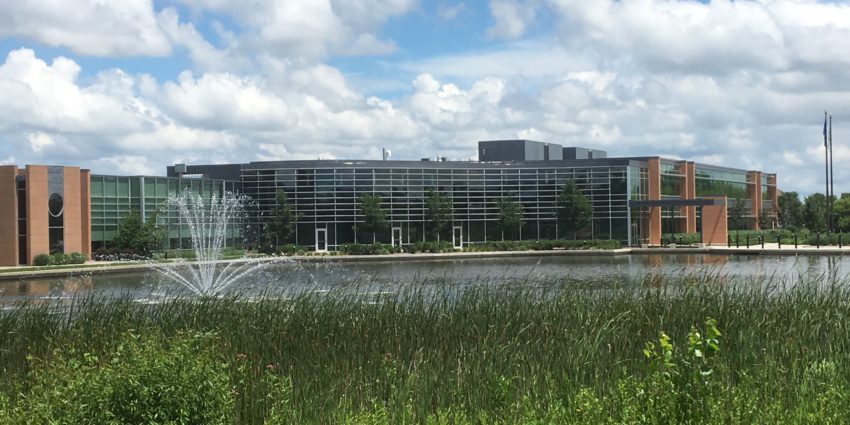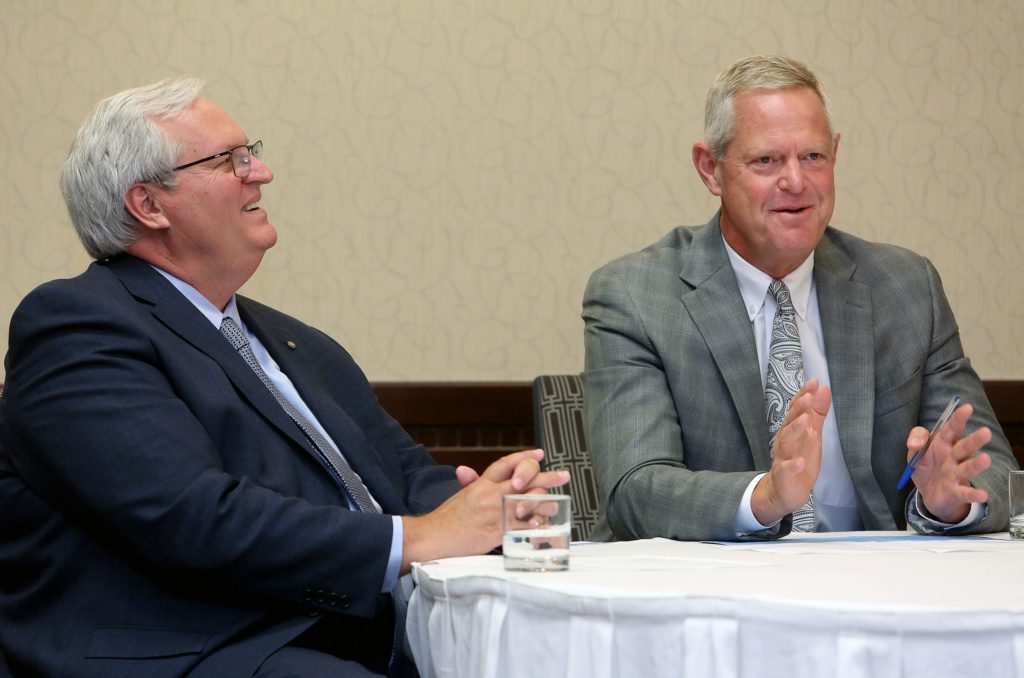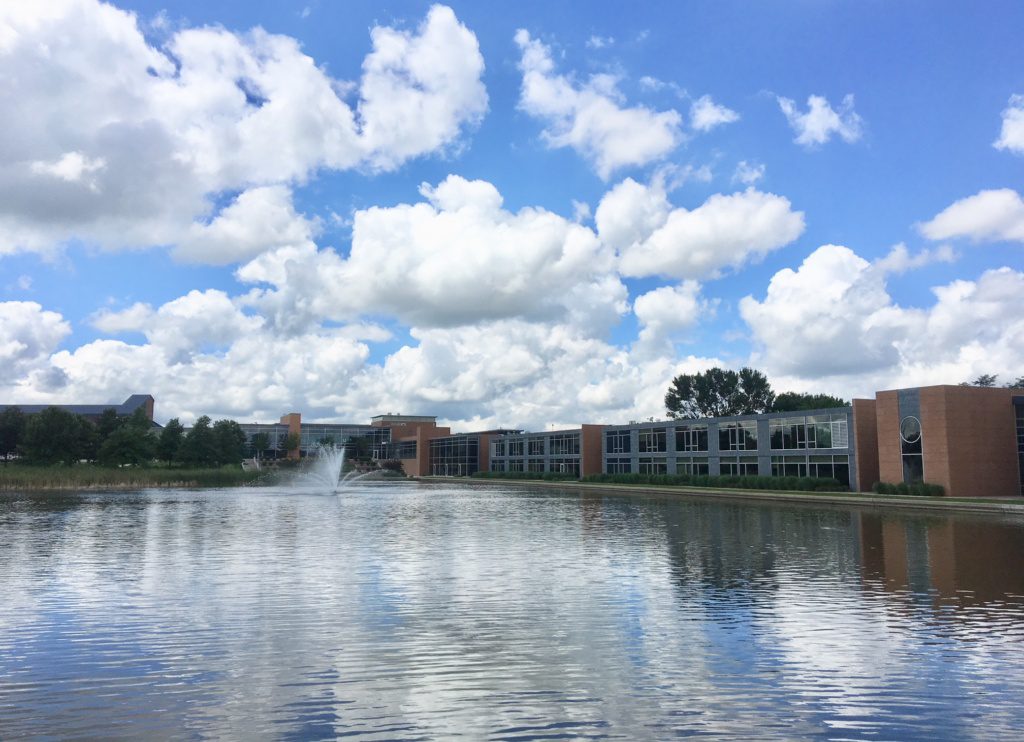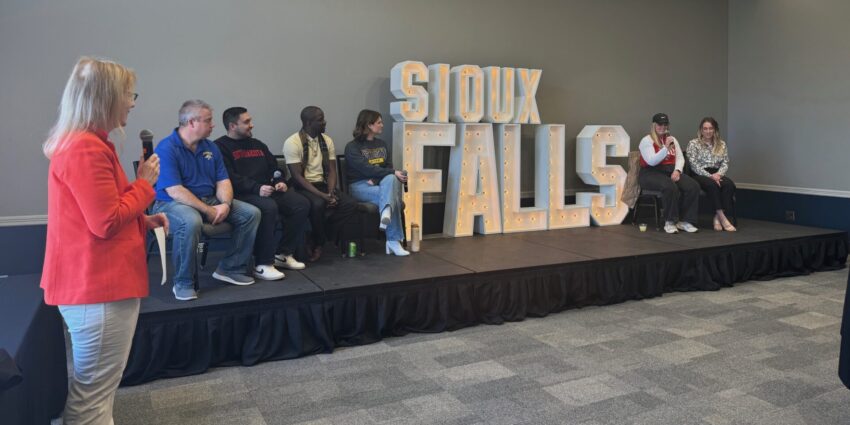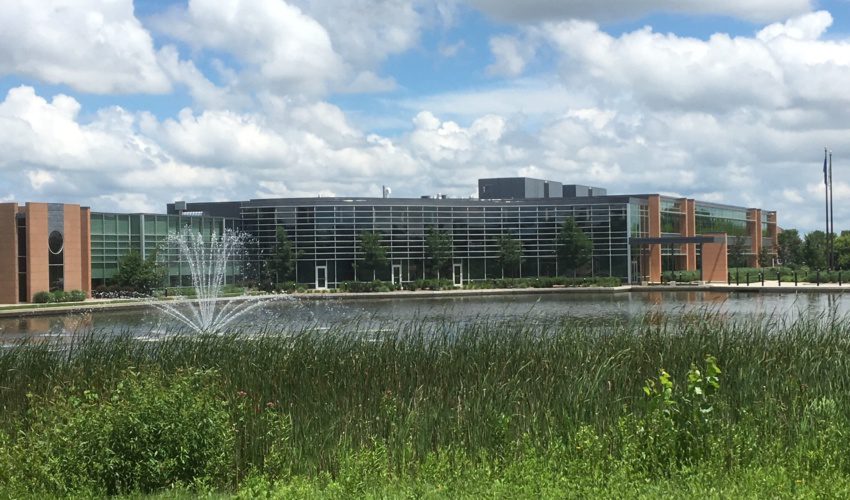Sanford, Good Samaritan coming together could create national model
June 26, 2018
Kelby Krabbenhoft had a feeling something big was going to happen.
It was early 2017, and the CEO of Sanford Health’s hunch was right.
“Lo and behold, six months later (Evangelical Lutheran Good Samaritan Society CEO) Dave Horazdovsky walks in here and says, ‘What do you think? Is now the time these organizations with real similar heritages come together?’ ”
Fast-forward about one year and the two organizations are poised to become one, creating by far the city’s largest employer – at approximately 50,000 people spread across 24 states – and bringing together two entities with roots in the Lutheran Church and a focus on the future of health care.
“In our business, if you go long-term care, you go to the Outer Banks,” Krabbenhoft said. “And if you stay in acute care, you go to the Outer Banks. And it’s always been never the twain shall meet. But now there’s almost a compelling mandate for long-term care and acute care to start coming together.”
The membership of the Good Samaritan Society voted to approve its restated article of incorporation today, allowing both organizations to sign a new affiliation agreement that will combine them into one with regulatory approval.
The goal is to bring both organizations together by Jan. 1, 2019.
It will create a relationship unique to health care nationwide, according to both leaders. It’s pioneering a model of how one organization can take care of people through all stages of life.
“We smile thinking we’ve kicked a football off in a game where people will talk about Good Samaritan and Sanford that we are the best situated in the country to be the answer to that question,” Krabbenhoft said.
“Because of our reach, our proximity, our intimacy to our communities and our heritage. They put a lot of pressure on us. It puts a lot of expectations on us that we will come up with a significant answer to a very, very big question.”
The new relationship will involve a common balance sheet but distinct organizational identities. Good Samaritan has about 1,300 Sioux Falls employees while Sanford has about 10,000.
“We come at this from a point of strength. We’re both strong organizations, and we’ll only be stronger going forward,” Horazdovsky said.
“This is setting the opportunity for the next few decades, to build on great legacy work, and it’s our honor and our place to take these two great organizations and provide this opportunity and execute on a vision.”
The model for federal reimbursement and insurance providers is driving health systems to take care of people from birth through death in the most cost-effective way possible.
That can put a financial strain on organizations in long-term care, where costs are high and ongoing.
Long-term care organizations have struggled in recent years nationwide. Good Samaritan is one of the nation’s largest nonprofit providers of senior care and services with more than 200 locations nationwide.
It laid off more than 100 people in a restructuring last year.
“We’re not coming at it as acquiring a distressed business,” Krabbenhoft said. “We’re coming at it as though we’re still creating Sanford. The Good Samaritan Society is still a preface in the book about Sanford Health. And what a giant piece.”
Horazdovsky said the move puts his organization in “a growth mode” in terms of staffing.
The larger organization also will benefit from increased scale, both leaders said.
“We can talk to suppliers and vendors, from tongue depressors to catheters and everything in between,” Krabbenhoft said. “It can bring efficiency and economies.”
Good Samaritan will retain its name and be treated as its own entity.
“The brand itself I don’t see changing,” Krabbenhoft said. “If the nation sees Good Samaritan as the pre-eminent provider of long-term care, why would we mess with that?”
Krabbenhoft and Horazdovsky met at Concordia College, where they were two years apart in the hospital administration program. They lived near the Lutheran health system in Fargo and the Good Samaritan Society, where students often sought to do residencies.
“It is very comfortable and familiar to me to be sitting next to Dave,” Krabbenhoft said. “We’re really excited about the future.”
Both entities are century-old organizations that view the move as a long-term commitment, he added.
Horazdovsky compared it to “two organizations who have shared a backyard fence and looked over the fence and a saw a neighbor anew, to the extent we had a like vision of where health care is going in this country We saw the potential of these two organizations working together to address the myriad of changes in health care today.”
Good Samaritan’s national relationships also present opportunities for Sanford to potentially grow its reach in other areas, Krabbenhoft said.
“Within a five-year period, I see a significant amount of magnetism to what he and I are putting together because people have been begging for someone to step out of two separate industries and say what does it look like together, he said. “My instincts are screaming those discussions are going to take place.”

